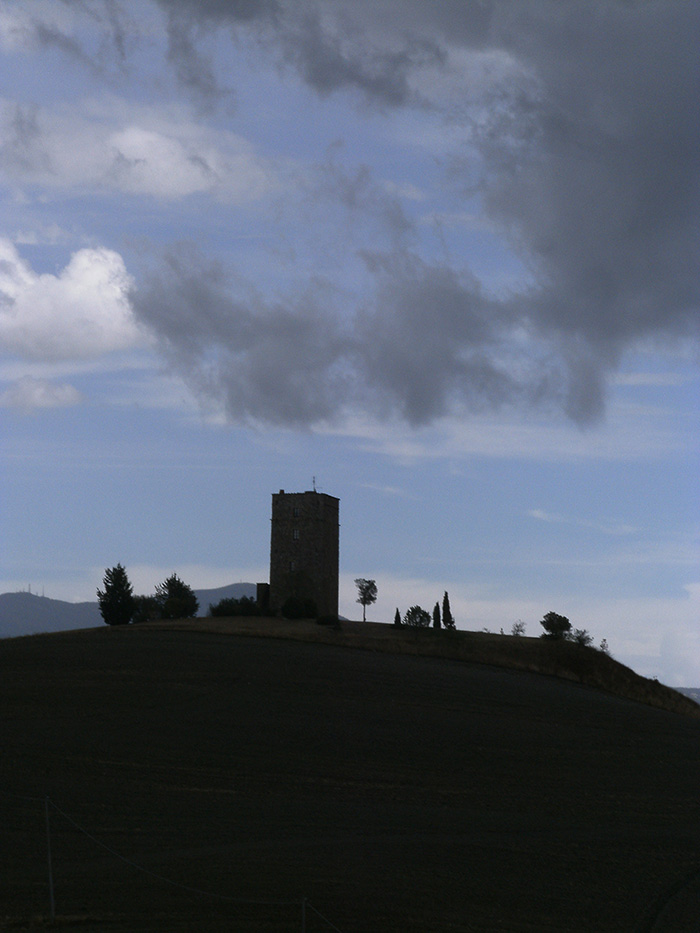The Tarugi Tower
|
|
|
« Non è possibile vedere campi più belli; non vi ha una gola di terreno la quale non sia lavorata alla perfezione, preparata alla seminazione. Il formento vi cresce rigoglioso, e sembra rinvenire in questi terreni tutte le condizioni che si richieggono a farlo prosperare. Nel secondo anno seminano fave per i cavalli, imperocché qui non cresce avena. Seminano pure lupini, i quali ora sono già verdi, e portano i loro frutti nel mese di marzo. Il lino pure è già seminato; nella terra tutto l'inverno, ed il freddo, il gelo lo rendono più tenace. »
[Johann Wolfgang von Goethe, Viaggio in Italia] |
Torre Tarugi in the Val d'Orcia, Tuscany |
A tower of 1200's and a rural house of 1700's, both restored with every comforts, between Val d'Orcia and Crete Senesi. The “Casella Tarugi was built by the Tarugi family at the end of 1700 and was inhabited during the following years by peasant families of the Val d'Orcia.
|
Map Tarugi Tower | Enlarge map
|
|
|
||||
 |
 |
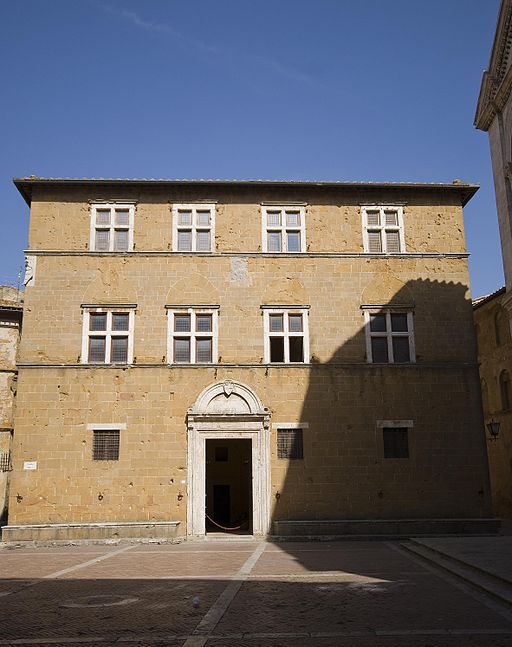 |
||
Piazza Pio II: Palazzo Comunale e Palazzo Vescovile, Pienza
|
Pienza, Palazzo Vescovile | |||
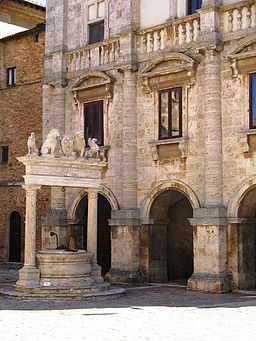 |
 |
 |
||
Il pozzo di Montepulciano, situato nel centro storico (Piazza Grande)
|
Palazzo Nobili-Tarugi, Montepulciano | Palazzo Nobili-Tarugi : palazzo nobiliare di Montepulciano | ||
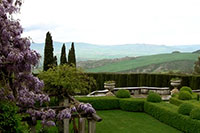 |
 |
 |
||
| Villa La Foce | Villa La Foce, entrance gate with a
|
Trees near San Quirico d'Orcia
|
||
Villa La Foce and the Val d'Orcia | Look at some pictures of the early 20th century | www.lafoce.com
|
||||
|
||||
|
||||
 |
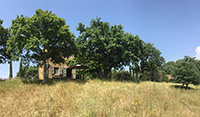 |
|||
| Cypress trees between San Quirico d'Orcia and Montalcino | Colline sotto Podere Santa Pia |
|||
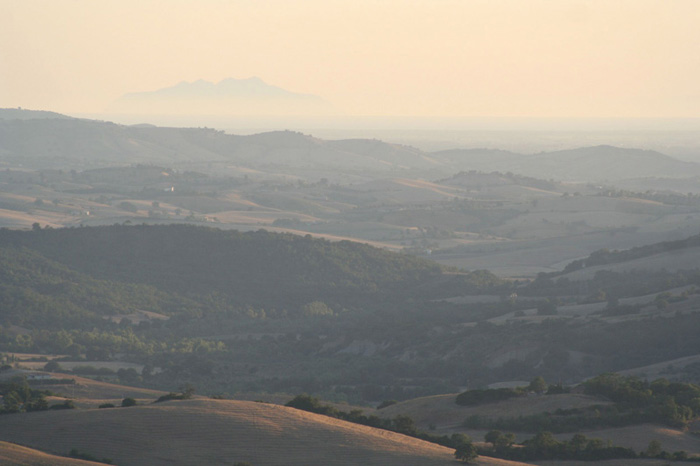 |
||||
Podere Santa Pia, con una vista indimenticabile sulla Maremma Toscana |
||||
